-
Welcome to Tacoma World!
You are currently viewing as a guest! To get full-access, you need to register for a FREE account.
As a registered member, you’ll be able to:- Participate in all Tacoma discussion topics
- Communicate privately with other Tacoma owners from around the world
- Post your own photos in our Members Gallery
- Access all special features of the site
Snake Oil? Proprietary Throttle Body Cleaners and Tranny Flushes? (like BG)
Discussion in '1st Gen. Tacomas (1995-2004)' started by Cadmus, Dec 22, 2015.
Page 3 of 5
Page 3 of 5


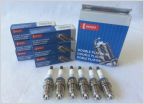 Spark plugs...
Spark plugs...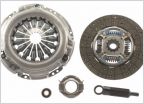 Clutch
Clutch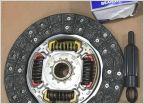 New clutch/bearings - new noise…
New clutch/bearings - new noise…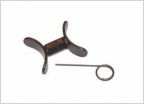 03 taco 3.4 timing belt installation help
03 taco 3.4 timing belt installation help Recovery Points.
Recovery Points.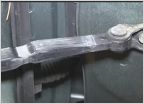 Doors Won't Stay Open
Doors Won't Stay Open








































































